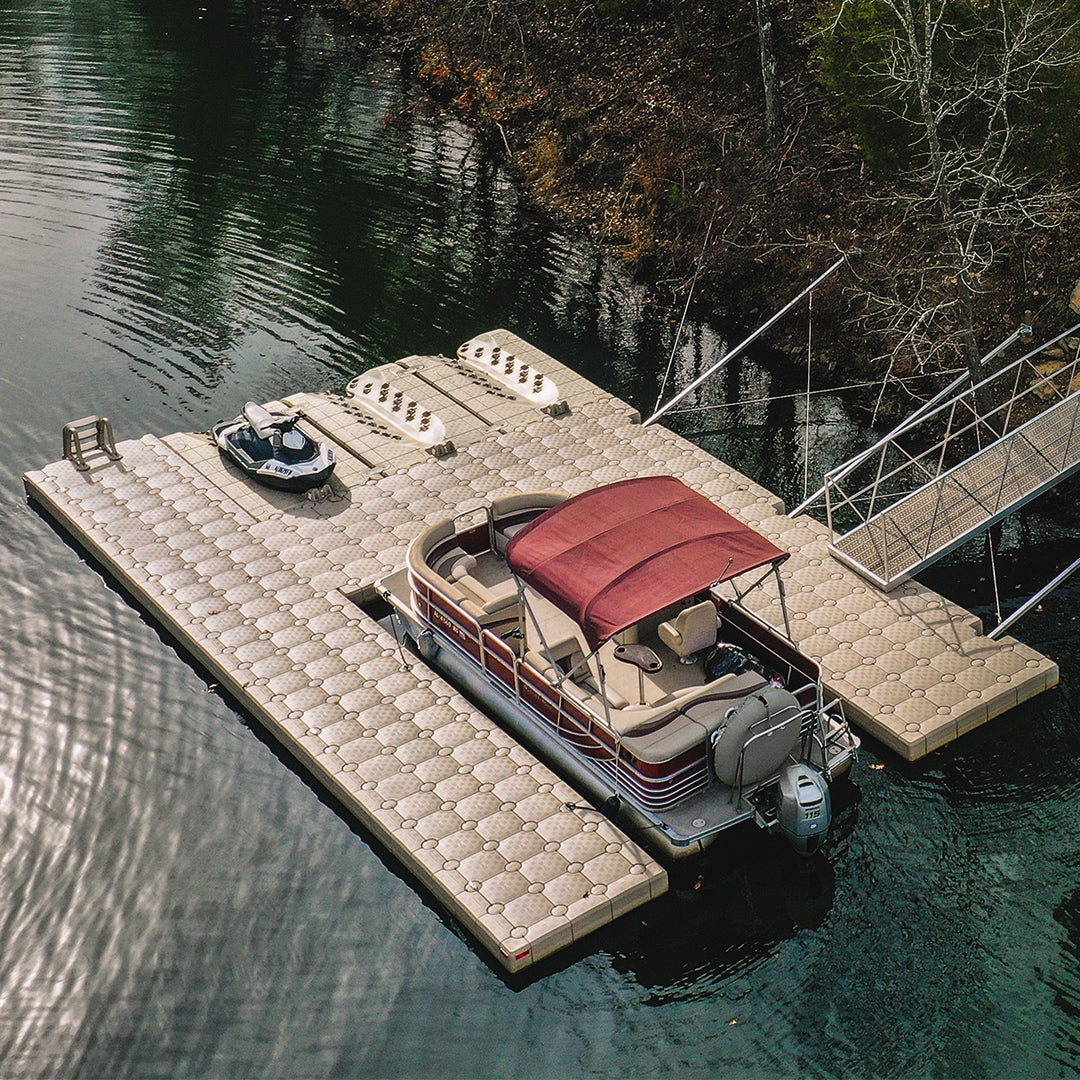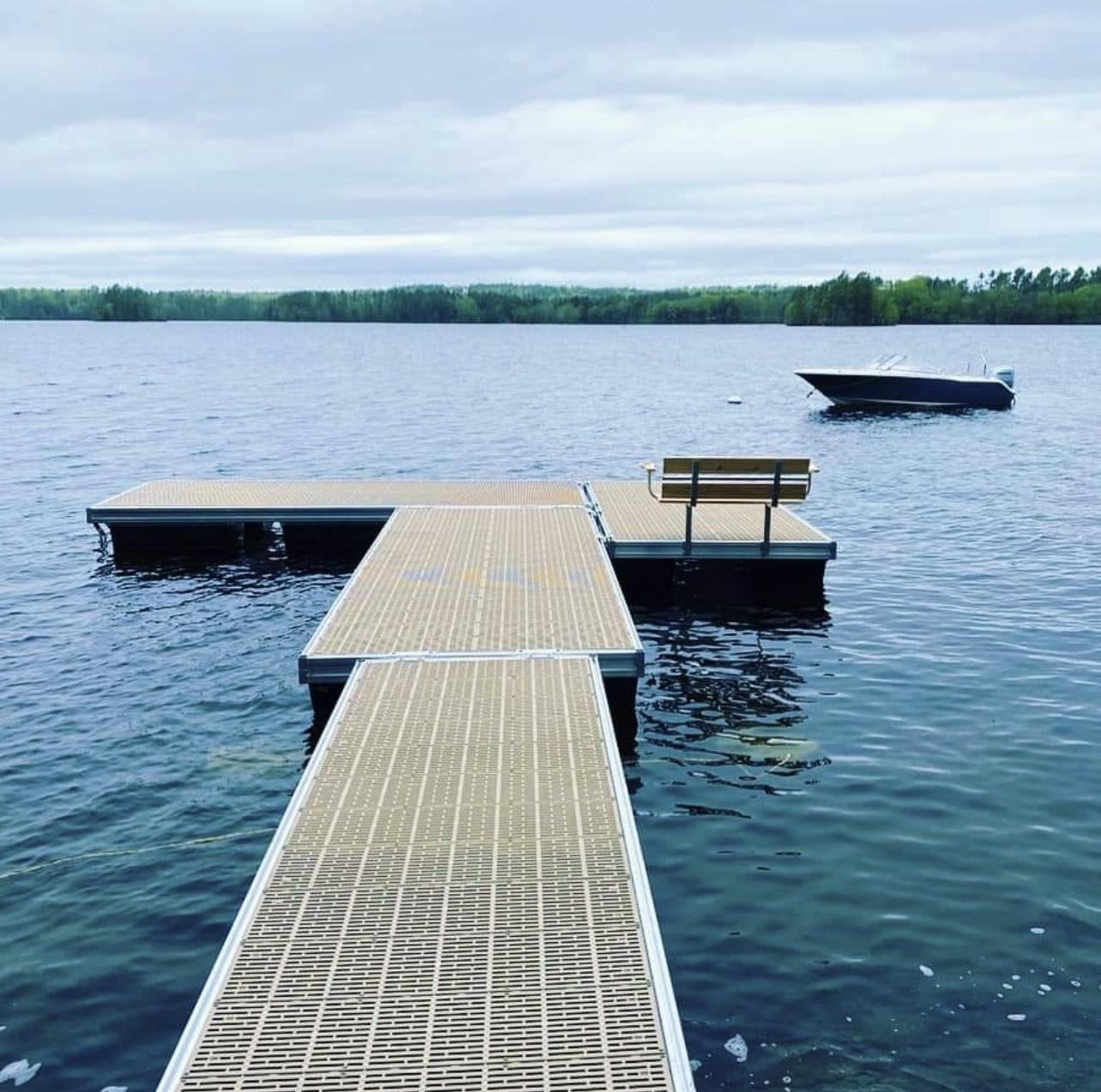Your Guide to Finding the very best Dock Company for High Quality and Integrity
Your Guide to Finding the very best Dock Company for High Quality and Integrity
Blog Article
Produce the Perfect Docking Remedy With Floating Docks
Floating docks present a functional remedy for a variety of maritime needs, adapting flawlessly to rising and fall water degrees and varied vessel kinds. Their modular nature permits quick installment and moving, yet the choice of suitable products and layout functions is important for guaranteeing both performance and visual charm. As we explore the important aspects that contribute to the effectiveness of floating docks, numerous key elements concerning security and upkeep will certainly emerge, increasing inquiries regarding how to optimize your docking experience. The subsequent conversation will certainly illuminate these essential considerations.

Advantages of Floating Docks
Floating docks offer various advantages that make them a suitable option for different maritime applications. Unlike dealt with docks, floating docks rise and autumn with the trend, making sure constant ease of access for vessels.
Additionally, floating docks are usually much easier and quicker to install compared to standard fixed frameworks. Their modular design enables uncomplicated setting up and disassembly, assisting in maintenance and relocation when needed. This versatility is especially advantageous for momentary applications or in atmospheres where problems may change.
Floating docks also tend to be much more environmentally pleasant, as they reduce disruption to the seabed and surrounding water environments. Their buoyant nature lowers the danger of damage to aquatic life, promoting a healthier setting. These docks can be tailored to fit different vessel sizes, making certain that they satisfy particular functional needs.
Eventually, the mix of versatility, convenience of installation, and environmental factors to consider makes floating docks an extremely effective remedy for a broad array of maritime requirements.
Picking the Right Materials
Choosing the proper products for floating docks is crucial to make sure stability, durability, and durability. The option of products straight influences the dock's performance in various environmental conditions, including direct exposure to water, sunshine, and prospective wear from marine website traffic.
Common materials used for floating docks consist of light weight aluminum, wood, and high-density polyethylene (HDPE) Aluminum is light-weight, corrosion-resistant, and requires minimal maintenance, making it an excellent option for durability. Its preliminary expense can be higher compared to various other materials.
Wood, while visually appealing and supplying a typical appearance, can be prone to rot and insect damage if not properly dealt with. Therefore, using pressure-treated timber or normally resilient species like cedar or redwood can alleviate these concerns.
HDPE is a preferred option because of its resistance to UV rays and chemicals, along with being eco-friendly. dock company. It is light-weight and readily available in various shades, permitting modification
Eventually, the best product option will rely on specific requirements, including budget, preferred visual appeals, and environmental factors to consider. Careful assessment of these elements will result in a effective and resistant floating dock solution.
Style Factors To Consider for Security
When developing floating docks, making certain stability is a fundamental facet that can considerably affect their functionality and safety. Stability in floating dock design is influenced by numerous factors, including buoyancy, weight circulation, and the setup of parts.
Weight distribution is vital; evenly distributing loads throughout the dock protects address against tilting and improves security. This can be achieved via calculated positioning of docking equipment, such as fenders and cleats, as well as appropriate spacing of drifts. Furthermore, the dimensions of the dock need to be attentively intended. Wider styles can provide raised stability, particularly in harsh water conditions, while longer docks may need additional supports to stop sagging.
An additional crucial consideration is the ecological impact, consisting of wave action and wind. Including features such as sidewalls or skirting can assist reduce the results of ecological pressures, maintaining security in adverse problems. Eventually, a mix of thoughtful style, product choice, and understanding of environmental variables will generate a drifting dock that meets both stability and security requirements.
Installment Tips and Strategies

Next, right here protect the required permits and comply with neighborhood laws, which might determine installation techniques and ecological considerations. Engage a certified professional experienced in floating dock installations if needed. Use top notch products developed for aquatic atmospheres to enhance durability and durability.
When positioning the dock, align it identical to the shoreline to assist in simple gain access to. Make sure that the anchoring system is durable, employing cinder block or helical supports to maintain the dock versus wind and wave activity. It's important to account for seasonal water degree fluctuations, consisting of possible ice motion in chillier environments.
Throughout the installation, verify the dock's floatation and stability before wrapping up the anchoring. Routinely evaluate the setup for any type of indications of wear or damages. By adhering to these suggestions and methods, you can accomplish a protected, practical, and cosmetically pleasing floating dock installment that fulfills your demands.
Maintenance and Care Guidelines
Preserving and caring for floating docks is essential to lengthening their life expectancy and guaranteeing secure use. Normal assessments need to be performed to determine any signs of wear, damages, or aquatic development. Look for fractures, loosened fittings, or stained locations on the dock's surface area, as these issues can compromise architectural honesty.
Cleaning is vital. Make use of a stress washing machine to remove algae, barnacles, and particles, which can build up in time. For persistent development, consider ecologically friendly cleansing representatives that will not damage marine life.
In addition, check the mooring lines and supports often to ensure they are safe and secure and free from corrosion. Replace any type of torn or damaged lines promptly to preserve security.
During extreme climate, such as storms or freezing problems, take precautionary steps. Secure the dock with additional mooring lines and, if viable, eliminate any kind of detachable parts to avoid damage.
Verdict
In conclusion, the execution of floating docks presents a flexible and efficient docking solution suitable for different maritime applications. With correct installment and routine maintenance, floating docks can give dependable and reliable docking experiences for a wide array of vessels.
As we explore the crucial components that contribute to the efficiency of floating docks, numerous vital factors concerning security and upkeep will certainly arise, raising questions about exactly how to enhance your docking experience. Unlike fixed docks, floating docks rise and loss with the trend, ensuring consistent accessibility for vessels.When making floating docks, making certain security is an essential element that can dramatically influence their capability and safety. Stability in floating dock style is influenced by different factors, consisting of buoyancy, weight distribution, and the plan of elements. Eventually, a combination of thoughtful style, product next selection, and understanding of environmental factors will generate a floating dock that meets both stability and safety requirements.
Report this page